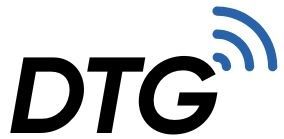Identity & Access Management: Why It’s the Cornerstone of Cybersecurity
Identity & Access Management
Identity has become the new perimeter in today’s hybrid workplace. Employees, contractors, and even systems all require access to sensitive resources. The problem? Credentials are also one of the weakest links in cybersecurity.
The Scope of the Problem
According to Fortinet research, 86% of breaches involve stolen or compromised credentials. Attackers no longer need to “hack in” — they just log in with information stolen from phishing emails, data dumps, or reused passwords. Once inside, it often takes organizations months to realize something is wrong. In fact, studies show it takes an average of 200–210 days to detect a breach. That’s more than half a year of free access for a cybercriminal.
Common Weaknesses in IAM
- Stale accounts: Users who’ve left still retain active logins.
- Excessive permissions: Employees often keep access to systems they no longer need.
- Password reuse: One leaked password can unlock multiple accounts.
- Lack of MFA: Many organizations still don’t require multi-factor authentication across critical systems.
Best Practices for Stronger IAM
- MFA everywhere — It’s one of the easiest and most effective defenses.
- Least privilege — Employees should only have access to what they need, nothing more.
- Automated provisioning & de-provisioning — Reduces human error and closes accounts promptly.
- Regular audits — Permissions should be reviewed and updated, not assumed.
Supplier & Partner Advantage
At Dedicated Telecom Group, we help clients not only design IAM policies but also select solutions from a vetted portfolio of suppliers. These tools are tested for security, integration, and compliance, so you can enforce identity controls with confidence.










